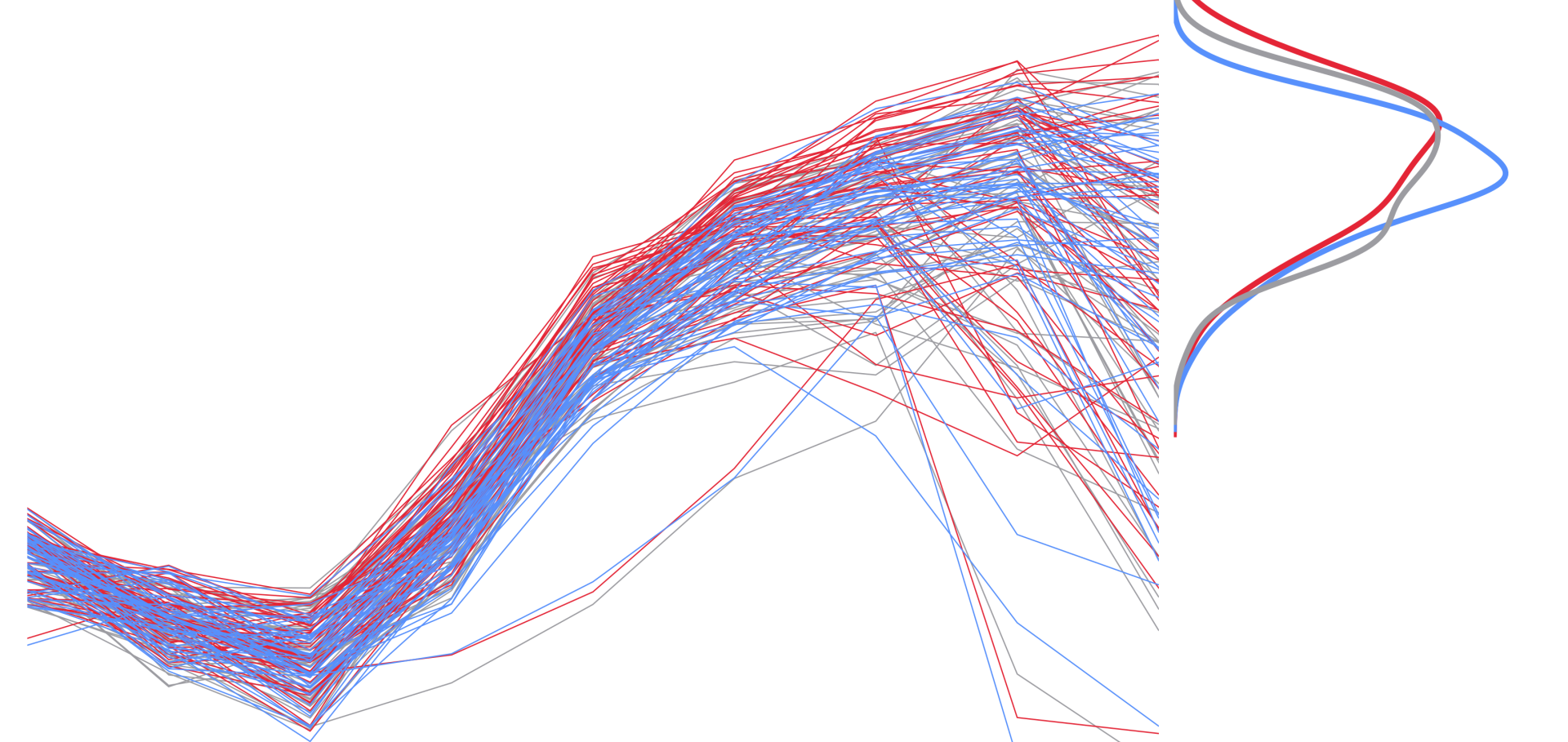Pathways to achieving nature-positive and carbon–neutral land use and food systems in Wales
Regional Environmental Change Springer 23:1 (2023) 37
Abstract:
Land use and its management can play a vital role in carbon sequestration, but trade-offs may exist with other objectives including food security and nature recovery. Using an integrated model (the FABLE calculator), four pathways, co-created with colleagues at the Welsh Government, towards achieving climate and biodiversity targets in Wales were explored: status quo, improvements on current trends, land sparing and land sharing. We found that continuing as usual will not be sufficient to meet Wales’s climate and biodiversity targets. In contrast, the land use and agricultural sector became a net carbon sink in both the land sparing and land sharing pathways, through high afforestation targets, peatland restoration, reducing food waste and moving towards a healthier diet. Whilst both pathways released land for biodiversity, the gains were greater in the land sharing pathway, which was also less dependent on optimistic assumptions concerning productivity improvements. The results demonstrate that alternative approaches to achieving nature-positive and carbon–neutral land use and food systems may be possible, but they come with stringent and transformative requirements for policy changes, with an integrated approach necessary to maximise benefits for climate, food and nature.Sustainable pathways towards climate and biodiversity goals in the UK: the importance of managing land-use synergies and trade-offs
Sustainability Science Springer 18 (2022) 521-538
Abstract:
Agricultural and environmental policies are being fundamentally reviewed and redesigned in the UK following its exit from the European Union. The UK government and the Devolved Administrations recognise that current land use is not sustainable and that there is now an unprecedented opportunity to define a better land strategy that responds fully to the interconnected challenges of climate change, biodiversity loss and sustainable development. This paper presents evidence from three pathways (current trends, sustainable medium ambition, and sustainable high ambition) to mid-century that were co-created with UK policymakers. The pathways were applied to a national integrated food and land-use model (the FABLE calculator) to explore potential synergies and trade-offs between achieving multiple sustainability targets under limited land availability and constraints to balance food supply and demand at national and global levels. Results show that under the Current Trends pathway all unprotected open natural land would be converted to urban, agriculture and afforested land, with the consequence that from 2030 onwards tree planting targets could not be met. In contrast, the two sustainable pathways illustrate how dietary change, agricultural productivity improvements and waste reduction can free up land for nature recovery and carbon sequestration. This enables a transition to a sustainable food and land-use system that provides a net carbon sink with up to 44% of land able to support biodiversity conservation. We highlight key trade-offs and synergies, which are important to consider for designing and implementing emerging national policies. These include the strong dependence of climate, food and biodiversity targets on dietary shifts, sustainable improvements in agricultural productivity, improved land-use design for protecting and restoring nature, and rapid reductions in food loss and waste.How can diverse national food and land-use priorities be reconciled with global sustainability targets? Lessons from the FABLE initiative
Sustainability Science Springer Nature 18:1 (2022) 335-345
Abstract:
There is an urgent need for countries to transition their national food and land-use systems toward food and nutritional security, climate stability, and environmental integrity. How can countries satisfy their demands while jointly delivering the required transformative change to achieve global sustainability targets? Here, we present a collaborative approach developed with the FABLE—Food, Agriculture, Biodiversity, Land, and Energy—Consortium to reconcile both global and national elements for developing national food and land-use system pathways. This approach includes three key features: (1) global targets, (2) country-driven multi-objective pathways, and (3) multiple iterations of pathway refinement informed by both national and international impacts. This approach strengthens policy coherence and highlights where greater national and international ambition is needed to achieve global goals (e.g., the SDGs). We discuss how this could be used to support future climate and biodiversity negotiations and what further developments would be needed.Understanding extreme events with multi-thousand member high-resolution global atmospheric simulations
Copernicus Publications (2022)
Generating samples of extreme winters to support climate adaptation
Weather and Climate Extremes Elsevier 36 (2022) 100419


